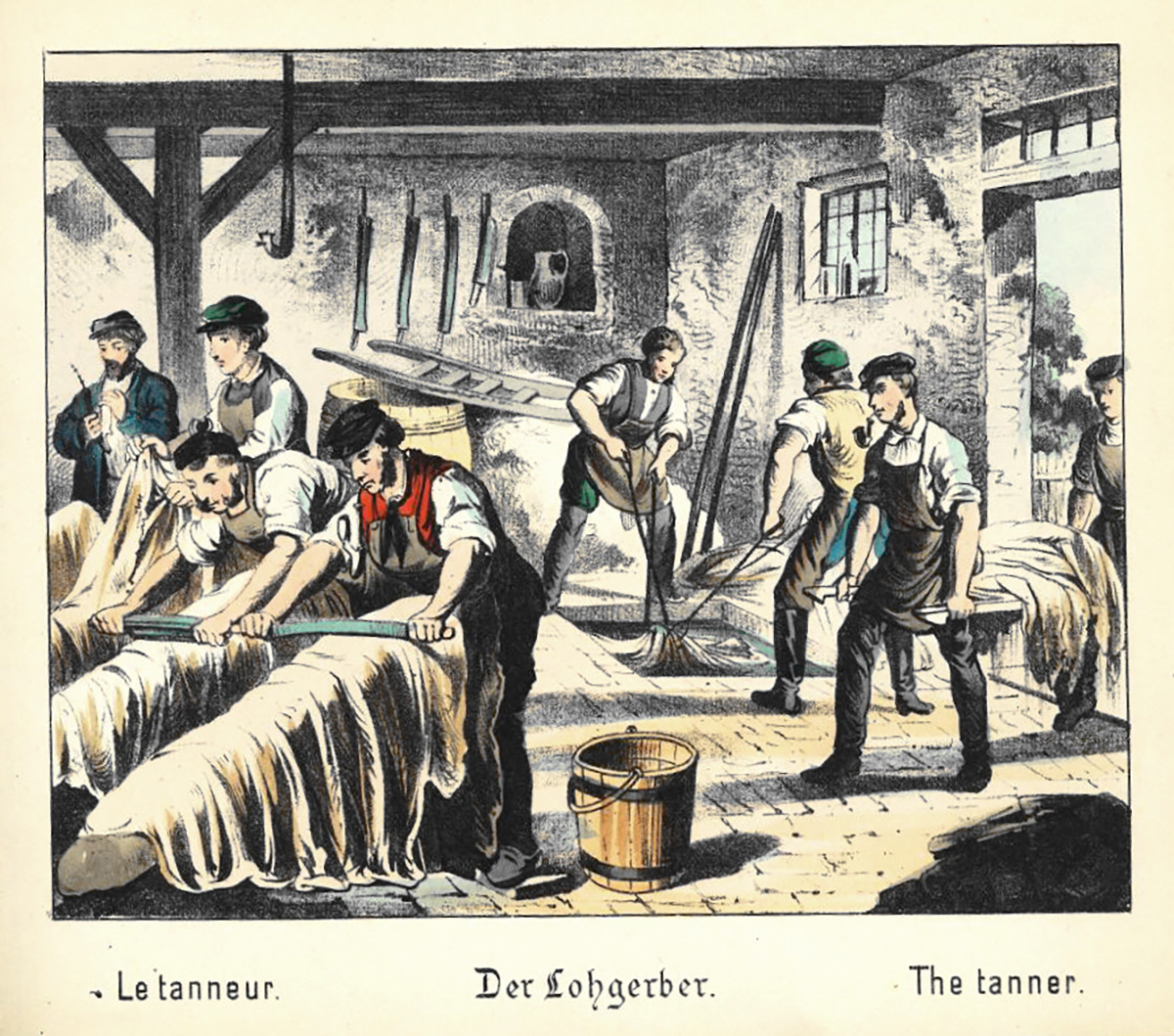Even our ancestors in the Stone Age appreciated the natural properties of hides and skins and used them to protect themselves from the cold, wet, and injuries.
When hunters and gatherers became farmers after the last ice age 10,000 years ago, they discovered the first methods to make the natural material more durable with a tanning broth. Archaeological discoveries show that vegetable tanning was already known in Ancient Egypt in the fourth millennium BC. The oldest tanning recipe still known today can be found on a Babylonian stone tablet from the first millennium BC.
Even “Ötzi” wore leather
The discovery of “Ötzi” brought remarkable findings: the well-preserved mummy from South Tyrol proves that even back then, leather had an enormous significance protecting humans like a second skin. This means that it can be established today that tanning was already very well developed in the Copper Age around 5,000 years ago and that people were able to produce different types of leather for different purposes.
From Ancient Times to the Modern Age
In the Ancient Times and the Middle Ages, tanning became an important and highly respected craft. The processes continued to evolve and were passed on from one generation to the next. On the way to the Modern Era, from the 18th century and onwards, chemistry helped to develop new tanning agents. The basics of leather production were scientifically analysed, evaluated, and further developed for the first time.
New tanning processes for better quality
In 1858, chemists finally discovered the tanning effect of chromium salts – a giant leap in the millennia-old history of leather processing. The age of mineral tanning began. Tanneries were able to produce softer, high-quality leather in a much shorter time and the leather industry developed quickly. To this day, tanning with mineral chrome salts is often the basis of modern leather production. In addition, chrome-free tanned leathers are of great importance. Sustainable innovations also aim to use water resources as sparingly as possible and increasingly avoid fossil resources in the production of tanning chemicals. Extracts from fruits, barks, roots, wood shavings and leaves are used in vegetable tanning.

